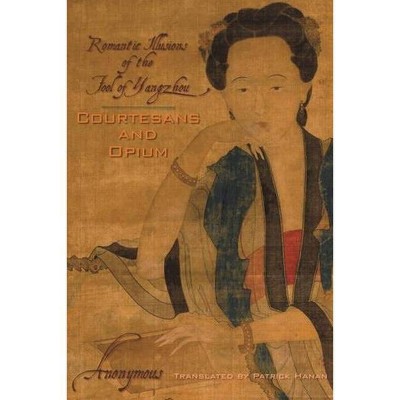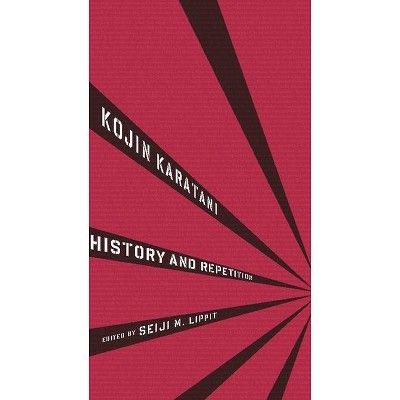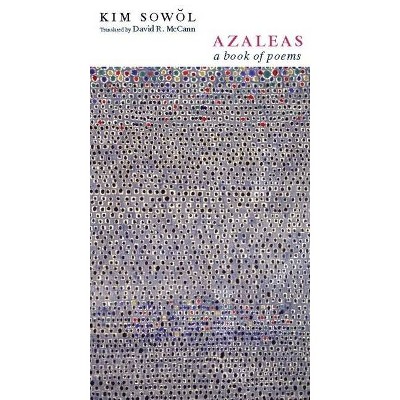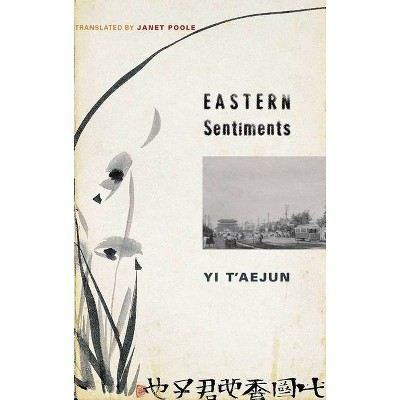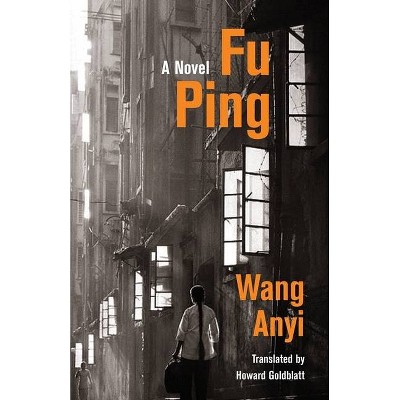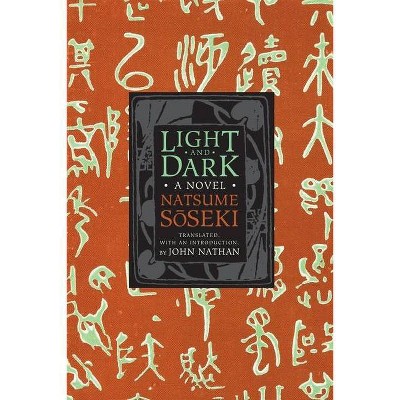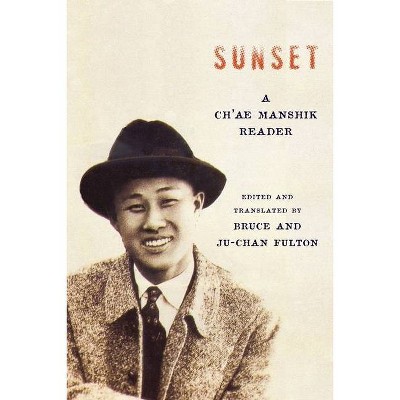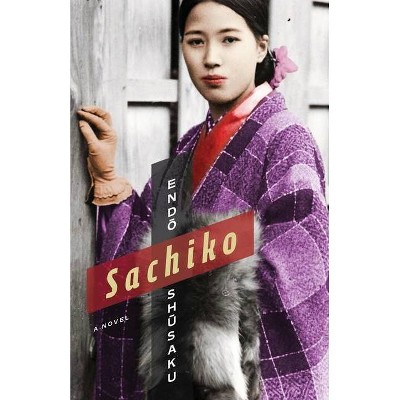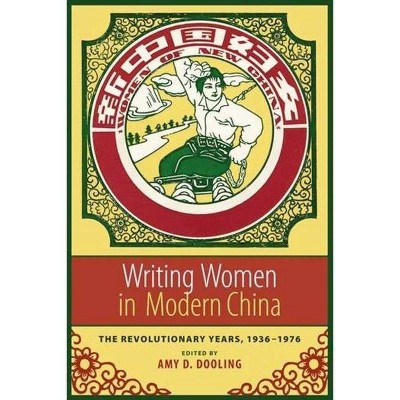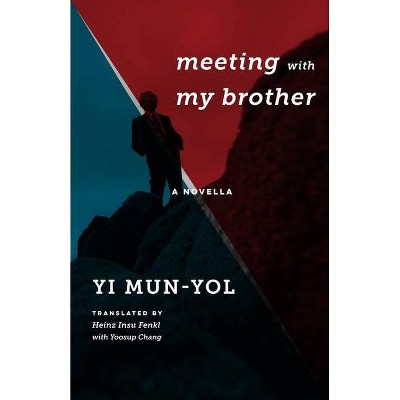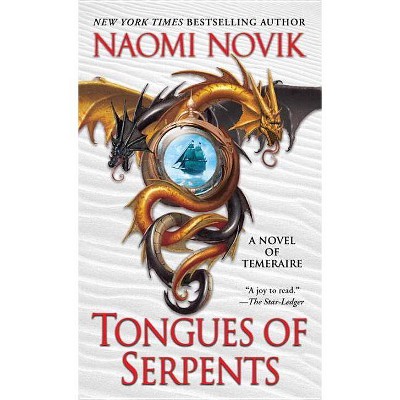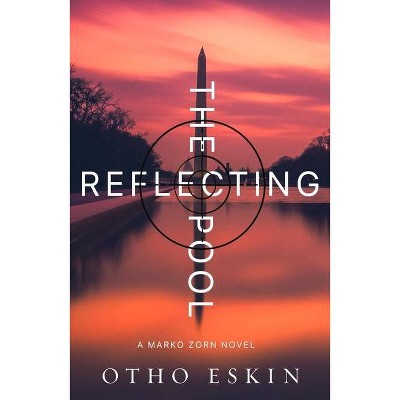In Black and White - (Weatherhead Books on Asia) by Jun'ichirō. Tanizaki (Paperback)

Similar Products
Products of same category from the store
AllProduct info
<p/><br></br><p><b> About the Book </b></p></br></br>Jun'ichirō Tanizaki's <i>In Black and White</i> is a literary murder mystery in which the lines between fiction and reality are blurred. The writer Mizuno has penned a story about the perfect murder that comes to intrude on his life. <i>In Black and White</i> is a masterful yet little-known novel from a great writer at the height of his powers.<p/><br></br><p><b> Book Synopsis </b></p></br></br>Jun'ichirō Tanizaki's <i>In Black and White</i> is a literary murder mystery in which the lines between fiction and reality are blurred. The writer Mizuno has penned a story about the perfect murder. His fictional victim is modeled on an acquaintance, a fellow writer. When Mizuno notices just before the story is about to be published that this man's real name has crept into his manuscript, he attempts to correct the mistake, but it is too late. He then becomes terrified that an actual murder will take place--and that he will be the main suspect. Mizuno goes to great lengths to establish an alibi, venturing into the city's underworld. But he finds himself only more entangled as his paranoid fantasies, including a mysterious "Shadow Man" out to entrap him, intrude into real life. A sophisticated psychological and metafictional mystery, <i>In Black and White</i> is a masterful yet little-known novel from a great writer at the height of his powers. <p/>The year 1928 was a remarkable one for Tanizaki. He wrote three exquisite novels, but while two of them--<i>Some Prefer Nettles</i> and <i>Quicksand</i>--became famous, <i>In Black and White</i> disappeared from view. All three were serialized in Osaka and Tokyo newspapers and magazines, but <i>In Black and White</i> was never published as an independent volume. This translation restores it to its rightful place among Tanizaki's works and offers a window into the author's life at a crucial point in his career. A critical afterword explains the novel's context and importance for Tanizaki and Japan's literary and cultural scene in the 1920s, connecting autobiographical elements with the novel's key concerns, including Tanizaki's critique of Japanese literary culture and fiction itself.<p/><br></br><p><b> Review Quotes </b></p></br></br><br>A fascinating work, and its publication in English translation is a welcome event.--Japanese Studies<br><br>Lyons should be given credit for introducing readers to this lesser-known Tanizaki novel. Her translation draws the reader's attention to this fantastic masterpiece, one which is comparable in quality to his other works, such as <i>Naomi</i>, <i>Some Prefer Nettles</i> and <i>The Key</i>.--James Au Kin-Pong "Cha: An Asian Literary Journal "<br><br><i>In Black and White</i>, encapsulates some of Tanizaki's main themes including sexual obsession and Japan's journey toward modern westernization. . . . If you haven't read Tanizaki, this novel is an excellent introduction.--Todd Shimoda "Asian Review of Books "<br><br>A clever story and it is surprising that it has never been published separately before.--The Modern Novel - A blog<br><br>A fascinating insight into the literary politics of the time, and Lyons makes a compelling case for the importance of <i>In Black and White</i> in Tanizaki's body of work, regarding it as a bridging piece to his later, more complex and subtle works. . . . well worth a look for anyone looking to expand their J-Lit knowledge, and a welcome addition to the collection of Tanizaki's English-language works.--Tony's Reading List<br><br>An enigmatic mystery that, serially published and thereafter forgotten until now, cements Tanizaki's claim to be a lost forerunner of postmodernism. . . . Anyone contemplating writing a plotless novel will want to study this curious, beguiling yarn.--Kirkus Reviews<br><br>Japanese scholar and professor Lyons not only provides the first-ever English translation 80 years later, but also includes an illuminating afterword in which she contextualizes the virtually forgotten work as both literary history and a career-changing accomplishment for one of Japan's most revered authors. New generations of readers will undoubtedly benefit from Lyons' careful resurrection of this surprisingly timeless, slyly metafictional, unusually intriguing title.--Booklist<br><br>Well worth a look for anyone looking to expand their J-Lit knowledge, and a welcome addition to the collectio nnof Tanizaki's English-language works.--Tony's Reading List<br><br>Written as a serial 'newspaper novel, ' this is a fascinating view of the writer's mind and of the evolution of a literary genius in a rare experimental mode, as Tanizaki (1886-1965) mingled noir and the fantastic long before Haruki Murakami made his name using the same formula.--Publishers Weekly<br><br>An ingenious metafictional travesty of the murder-mystery genre, this little-known work, now available for the first time in English, reveals Tanizaki on the cusp of artistic maturity, and at the forefront of Japanese modernism. . . . <i>In Black and White</i> was the pinnacle of Jun'ichirō Tanizaki's early style and an important milestone in his creative life: a novel that settled scores with the literary establishment, freeing his imagination to attain the heights of an extraordinary career.--Bryan Karetnyk "Times Literary Supplement "<br><br>Translated beautifully by Phyllis I. Lyons. . . . <i>In Black and White</i>, first serialized in 1928, was never published as a single volume in Japan. Now Lyons has rescued this work from obscurity, nimbly arguing in her afterword that it defines a 'pivotal moment' in Tanizaki's literary development.--Min Jin Lee "The New York Times Book Review "<br><br><i>In Black and White</i> is successful and satisfying as (writer-)character study.--M.A. Orthofer "The Complete Review "<br><br><i>In Black and White</i>, a murder mystery set in the late 1920s, provides plenty of excitement, both real and psychological, while also offering some unusual and creative thematic twists on the connections between fiction, reality, and the writing life and its consequences.--Mary Whipple "Seeing the World Through Books "<br><br><i>In Black and White</i> provides yet more evidence of Tanizaki's full mastery of his craft. Tightly structured and full of dark humor, it is both a murder mystery and metafiction in which a novel incriminates its own creator. Only a writer of Tanizaki's caliber could have penned this and <i>The Makioka Sisters</i>, two works so radically different one can only marvel that they are the product of the same mind.--Minae Mizumura, author of <i>A True Novel</i><br><br><i>In Black and White</i> showcases Tanizaki's customary verve, humor, and brilliance. This wonderful translation brings to life a novel that has been unduly neglected. What a treat!--Phillip Lopate, author of <i>Against Joie de Vivre</i><br><br><i>In Black and White</i> is a playful, parodic whodunit and a welcome addition to the extensive body of English translations of works by Jun'ichirō Tanizaki.--Dennis Washburn, Jane and Raphael Bernstein Professor in Asian Studies, Dartmouth College<br><p/><br></br><p><b> About the Author </b></p></br></br>Jun'ichirō Tanizaki (1886-1965) was one of the most prominent Japanese writers of the twentieth century. Among his classic novels are <i>Naomi, The Makioka Sisters</i>, and <i>The Key</i>. <p/>Phyllis I. Lyons is professor emeritus of Japanese language and literature at Northwestern University. She is the author of <i>The Saga of Dazai Osamu: A Critical Study with Translations</i> (1985).
Price History
Cheapest price in the interval: 17.99 on November 8, 2021
Most expensive price in the interval: 21.49 on October 22, 2021
Price Archive shows prices from various stores, lets you see history and find the cheapest. There is no actual sale on the website. For all support, inquiry and suggestion messagescommunication@pricearchive.us
